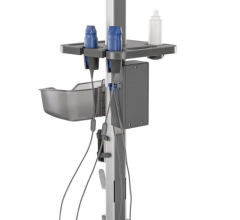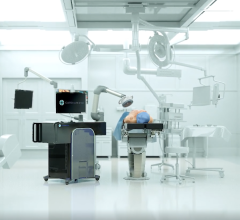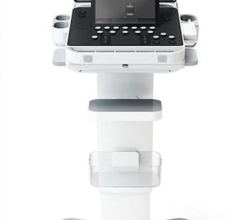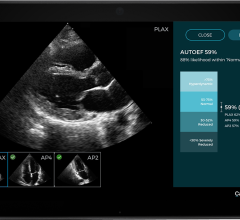
October 3, 2011 —The American Society of Echocardiography (ASE) has published guidelines for new applications for echocardiography in the neonatal intensive care unit (NICU). An expert consensus statement, “Targeted Neonatal Echocardiography in the Neonatal Intensive Care Unit: Practice Guidelines and Recommendations for Training,” has been published in the October 2011 issue of JASE, the ASE’s monthly journal, and is also available online at: www.asecho/guidelines. The document defines the scope and appropriateness of echocardiography in the NICU and defines standards for both the echocardiographic examination and the individuals who perform and interpret these studies.
Previously, nearly all echocardiography studies in the NICU were performed by pediatric cardiologists to diagnose or monitor congenital heart disease and to screen for patent ductus arteriosus (a condition in which a blood vessel fails to close normally after birth). Now, neonatologists have become interested in echocardiographic assessment. A targeted neonatal echo (TNE) is being used by neonatologists to help them understand the factors contributing to hemodynamic instability in preterm infants.
TNE has caused a lot of enthusiasm in the NICU world, resulting in more and more neonatologists performing echocardiograms. As such, the ASE, in concert with other professional societies, felt the need to establish practice guidelines. “The aim of this document is to clearly define the current indications and standards for echocardiography in the NICU. We also needed to define the training requirements for neonatologists to make it a safe technique,” explained Luc Mertens, M.D., Ph.D., FASE, FESC, lead author of the document.
Currently, the neonatologist’s hemodynamic monitoring is mainly based on blood pressure measurements and treatment of low blood pressure. There is, however, a lack of insight on the different mechanisms causing low blood pressure, and there are no defined thresholds for therapeutic interventions. As the field continues to gather scientific evidence to support this usage, preliminary results show promise, but there are concerns. “With the rapidly growing use of echocardiography in this setting, this document is fundamental to the appropriate practice of this modality in premature infants and should lead to enhanced quality of care and improved detection and treatment of congenital heart disease in these neonates,” said Benjamin W. Eidem, M.D., FASE, of the Division of Pediatric Cardiology at the Mayo Clinic and chairman of ASE’s Council on Pediatric and Congenital Heart Disease.
The ASE collaborated with the European Association of Echocardiography (EAE) and the Association for European Pediatric Cardiologists (AEPC) to produce the consensus statement. “The support of these leading pediatric organizations is indicative of the need for and importance of these standards,” Mertens noted.
For more information: www.aesecho.org


 March 24, 2025
March 24, 2025 








